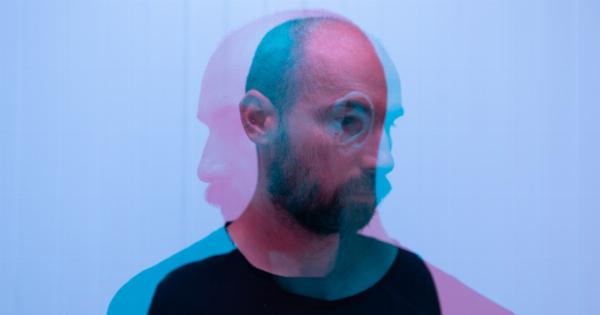Obsessive-compulsive disorder (OCD) is a mental health disorder that affects millions of people worldwide. It is characterized by repetitive and intrusive thoughts (obsessions) that lead to compulsive behaviors.
In most cases, individuals with OCD engage in compulsive behaviors to try and manage the anxiety caused by their obsessive thoughts. Though effective treatments, including medication, therapy, and lifestyle changes, exist, some people with OCD struggle to find relief.
However, an innovative treatment known as deep brain stimulation (DBS) has shown to be a promising therapy for individuals with severe and treatment-resistant OCD.
What is Deep Brain Stimulation (DBS)?
Deep brain stimulation (DBS) is a surgical procedure that involves implanting a device in the brain to regulate abnormal electrical impulses that cause movement disorders and severe psychiatric disorders such as OCD.
The device, known as a neurostimulator, works by emitting electrical impulses that interfere with the abnormal electrical signals that cause OCD symptoms. DBS is a non-destructive treatment and can be reversed or adjusted as needed.
How Does Deep Brain Stimulation (DBS) Treat OCD?
Deep brain stimulation (DBS) is believed to treat OCD by regulating abnormal neuronal activity in certain areas of the brain.
The electrodes implanted in the brain’s subcortical structures emit electrical impulses that interrupt the excessive activity in the circuitry involved in OCD. Research has shown that DBS can reduce compulsive behaviors and anxiety levels in individuals with severe and treatment-resistant OCD.
Who is DBS Appropriate For?
DBS is an appropriate treatment option for individuals with severe, chronic, and treatment-resistant OCD. Treatment-resistant OCD is defined as OCD that persists despite other treatments, including medication and therapy.
However, DBS is not recommended for everyone with OCD. Only individuals who have failed to respond to previous treatment options and meet the criteria for surgery are considered candidates for DBS treatment.
A thorough medical assessment is required to determine if DBS is an appropriate treatment option for an individual.
The DBS Procedure for OCD Treatment
The DBS procedure for OCD treatment involves various steps, including:.
Evaluation and Selection
Before going for DBS surgery, an individual is evaluated to determine their suitability for the procedure.
A thorough psychiatric assessment is conducted, including psychological testing and imaging studies, to identify any brain abnormalities and OCD-specific circuitry.
Surgery
The DBS system is surgically implanted in the brain under general anaesthesia. The surgeon drills small holes in the skull to insert the electrodes. The device is then connected to a pulse generator implanted under the skin in the chest.
After the surgery, the patient remains in the hospital for monitoring for a few days.
Programming
After the patient heals from surgery, the DBS device is programmed by a neurologist to deliver electrical impulses to the target areas in the brain.
This process is known as programming, and it involves adjusting the frequency and intensity of the electrical impulses. Programming is typically done over several months to achieve the right settings that produce optimal therapeutic effects.
Follow-Up Care
Regular follow-up with a medical team is essential for individuals who undergo DBS for OCD treatment. The doctor adjusts the device settings periodically to achieve the best possible outcome.
The patient is also taught how to adjust certain device settings themselves in response to anxiety levels or worsening symptoms.
Benefits of DBS for OCD Treatment
Deep brain stimulation (DBS) for OCD treatment offers many benefits, including:.
- Reduction in OCD symptoms, including intrusive thoughts and compulsive behaviors
- Improvement in overall quality of life and well-being
- Decrease in anxiety levels and related symptoms
- Improvement in the patient’s ability to function socially, emotionally, and physically
- The option to adjust device settings to optimize treatment and manage OCD symptoms more effectively
Potential Risks and Side Effects
As with any surgical procedure, DBS has potential risks and side effects, including:.
- Bleeding or infection at the surgical site
- Device malfunction or displacement
- Seizures
- Depression or other psychiatric symptoms
- Cognitive changes
- Speech and language problems
It is important to discuss these risks with a doctor before undergoing DBS treatment.
Conclusion
Obsessive-compulsive disorder is a challenging mental health condition that can significantly impact an individual’s daily life.
While various treatments, including therapy, medication, and lifestyle changes, are available, some people with OCD do not find relief. Deep brain stimulation (DBS) for OCD treatment has shown to be an effective option for individuals with severe and treatment-resistant OCD.
Though the DBS procedure is safe and non-destructive, it comes with potential risks and side effects that should be discussed with a medical professional before undergoing treatment.




























